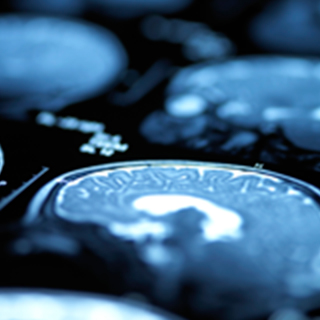
Interventional Radiology Clinic
Many conditions that once required surgery now can be treated by interventional radiology instead. Board-certified interventional radiologists at the UCSF Interventional Radiology Clinic are leaders in this field, using X-rays and other types of images to perform minimally invasive procedures that target a range of health concerns.
Our expertise includes vascular techniques such as placing stents to open clogged arteries and embolization to block abnormal blood vessels. Interventional radiology is also used to manage kidney cancer, liver cancer, uterine fibroids and many other conditions.
Our Diagnostic Services
We offer the following interventional radiology procedures to aid in diagnosis:
- Arthrogram
- Barium enema
- Bone density screening
- Breast MRI
- Computed tomography (CT) scan
- CT angiogram
- CT heart screening
- CT-guided interventional spine
- Diagnostic X-ray
- Fetal MRI
- Hysterosalpingogram
- Magnetic resonance angiogram
- MR enterogram
- Magnetic resonance imaging (MRI)
- MR neurogram
- Mammogram
- Nuclear medicine
- Positron emission tomography/CT
- Prostate exam
- Radiofrequency ablation for osteoid osteoma
- Ultrasound
- Upper gastrointestinal series and barium swallow
- Virtual colonoscopy
Our Treatment Services
With the guidance of X-rays, MRI or another imaging technique, interventional radiologists thread catheters – thin, flexible tubes – through tiny incisions in the skin, and then navigate networks of arteries to deliver treatments to precise sites.
While no treatment is risk-free, interventional radiology treatments offer greater safety, less pain and shorter recovery times compared with surgery. And most procedures can be performed without general anesthesia and with no overnight hospital stay, or only a short stay.
Treatments include:
- Angiography
- Balloon angioplasty
- Biliary drainage and stenting
- Central venous access
- Chemoembolization
- Embolization
- Gastrostomy tube
- Hemodialysis access maintenance
- Infection and abscess drainage
- Radiofrequency ablation
- Stent placement
- Thrombolysis (breaking apart blood clots)
- Transjugular intrahepatic portosystemic shunt
- Uterine artery embolization
- Uterine fibroid embolization
- Varicocele (enlarged testicle vein) embolization
- Vena cava filter
Images and reports
Getting your results
A radiologist will review your images and write a report. When finalized, the report and your images will be available in MyChart, UCSF's secure online portal for patients. You can access this report as soon as this occurs, so you may see it before your referring doctor does. Learn more about receiving test results and medical reports in MyChart. If you have questions about a report, please contact your referring doctor.
To get a CD of your medical images and reports, send a request to the UCSF Imaging Library.
Sending images to UCSF
If you need to send medical images that were taken at another institution to your UCSF radiologist, you can do so through our secure online portal. For instructions, visit How to Send Radiology Images to UCSF.
Our locations
Our team
Clinical trials
Pembrolizumab With Liver-Directed or Peptide Receptor Radionuclide Therapy for Neuroendocrine T...
The All Subjects as Treated (ASaT, ITT) population will be used for the analysis of ORR. The primary efficacy endpoint will be best observed Overall Response Rate (ORR) by RECIST 1.1 (investigator reported). ORR is defined as the ...
Recruiting
Support services
Plan your visit
What to Bring
- Photo I.D.
- Health insurance card
- Insurance authorization, if required
- Doctor's referral, if required
- Recent test results related to your condition
- List of your medications, including dosages, plus any you're allergic to
- List of questions you may have
- Device or paper for taking notes
Related clinics
Our research initiatives
-

UCSF Department of Radiology and Biomedical Imaging Research
The UCSF Department of Radiology and Biomedical Imaging is home to many state-of-the-art research labs, all working to use imaging technologies to improve the understanding, diagnosis and treatment of disease.






























